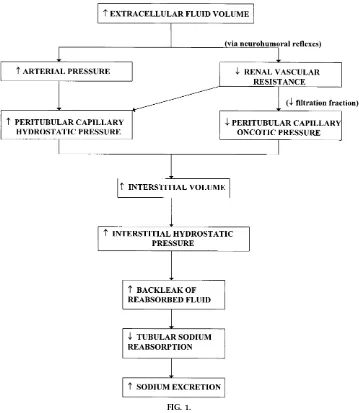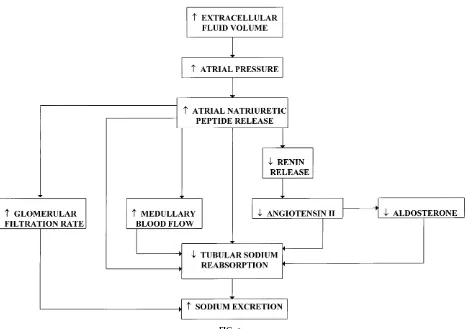Directory UMM :Data Elmu:jurnal:A:Advances in Physiology Education:Vol275.Issue6:
Teks penuh
Gambar




Dokumen terkait
Also, the tissue oncotic pressure decreases from a normal value of 10 mmHg to 5 mmHg, because the transported fluid entering the tissues of the small intestine during absorption
The majority of the class (82 students, 66%) said that the balloons would become equal in volume, with 19 (15%) of that group specifically stat- ing that higher pressure air in
Ten minutes after injection, the following data were ob- tained from the rats: drops of fluid from the salivary, main pancreatic, and common bile ducts (per minute), pH of the
T he processes of discovery learning are well grounded in current theories of learning. This article describes how cognitive learning theory supports the components of the
T he discipline of physiology is challenging to teach. It has ill-defined boundaries and no agreed sequence for learning; students’ needs depend on the goals of the specific
This is followed by a detailed look at the cellular mechanisms of H 1 secretion along the nephron, how these mechanisms are regulated, and how they result in the reabsorption of
The characteristics of hypo- parathyroidism are, once again, predictable on the basis of the physiology: low circulating levels of PTH, decreased bone resorption, decreased
To make it especially difficult, we may ask our question in the multiple-multiple choice (K type) format, in which students get no credit for knowing how volumes and osmolarity

